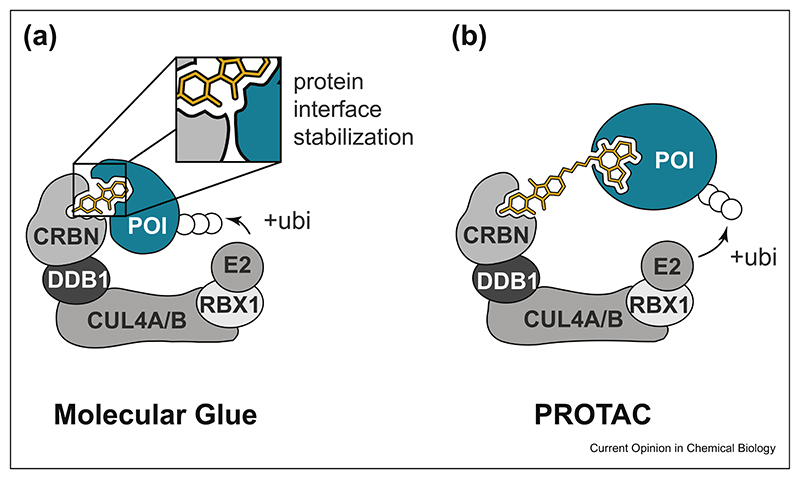Figure 1. Schematic comparison of molecular glues and PROTACs.
(a) Molecular glues are monovalent compounds that induce the dimerization of two proteins (here: an E3 ligase substrate receptor and a neosubstrate). Compound-induced proximity is often characterized by multiple interactions between the two proteins, resulting in high binding cooperativity. (b) PROTACs are heterobifunctional degraders that can individually bind to the E3 ligase and the protein of interest. Simultaneous binding induces molecular proximity and ensuing ubiquitination and degradation of the POI. In contrast to MGs, PROTAC-mediated dimerization is less dependent on compatible protein surfaces and associated binding cooperativity. PROTAC, proteolysis targeting chimeras; MG, molecular glue; POI, protein of interest.

